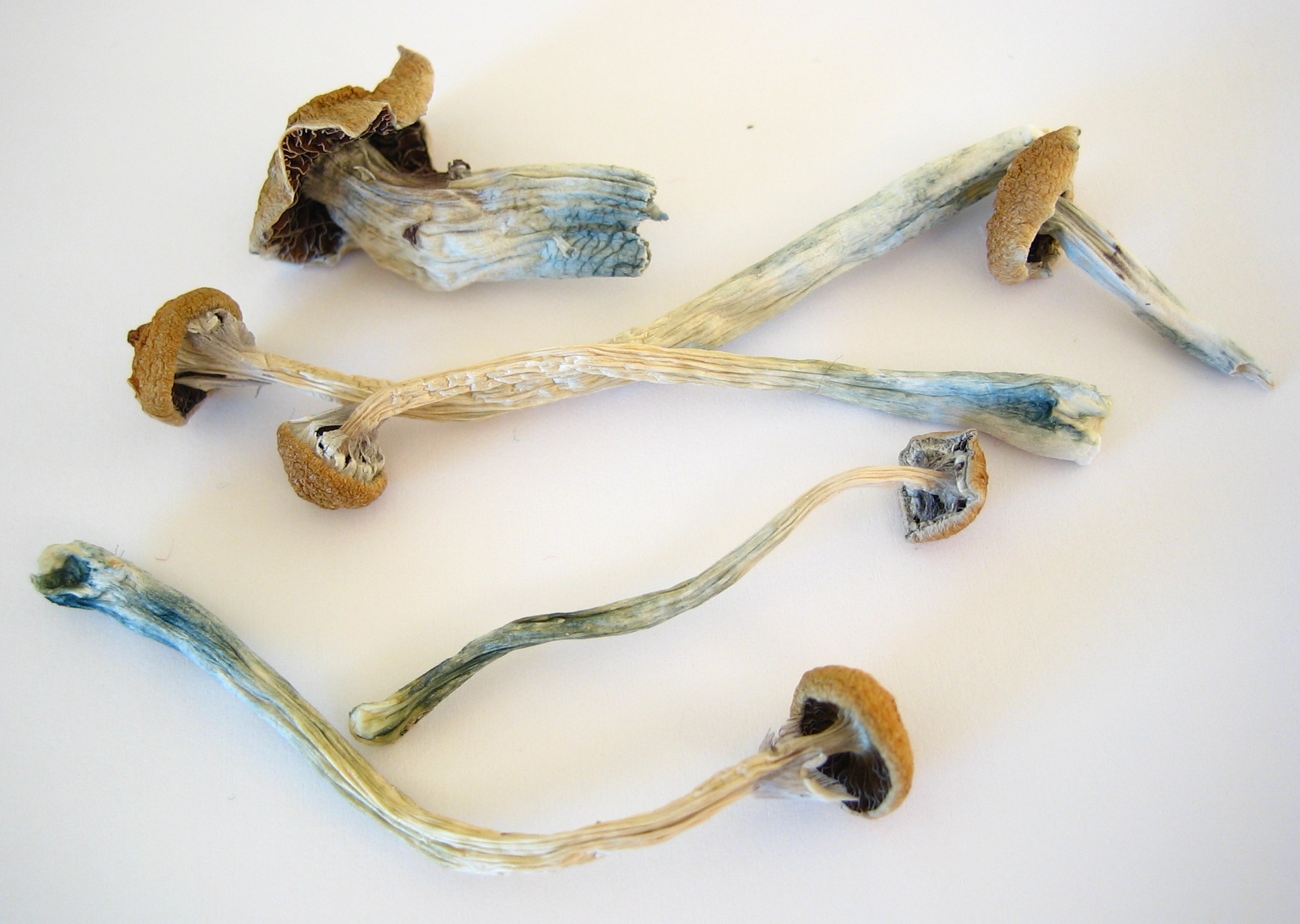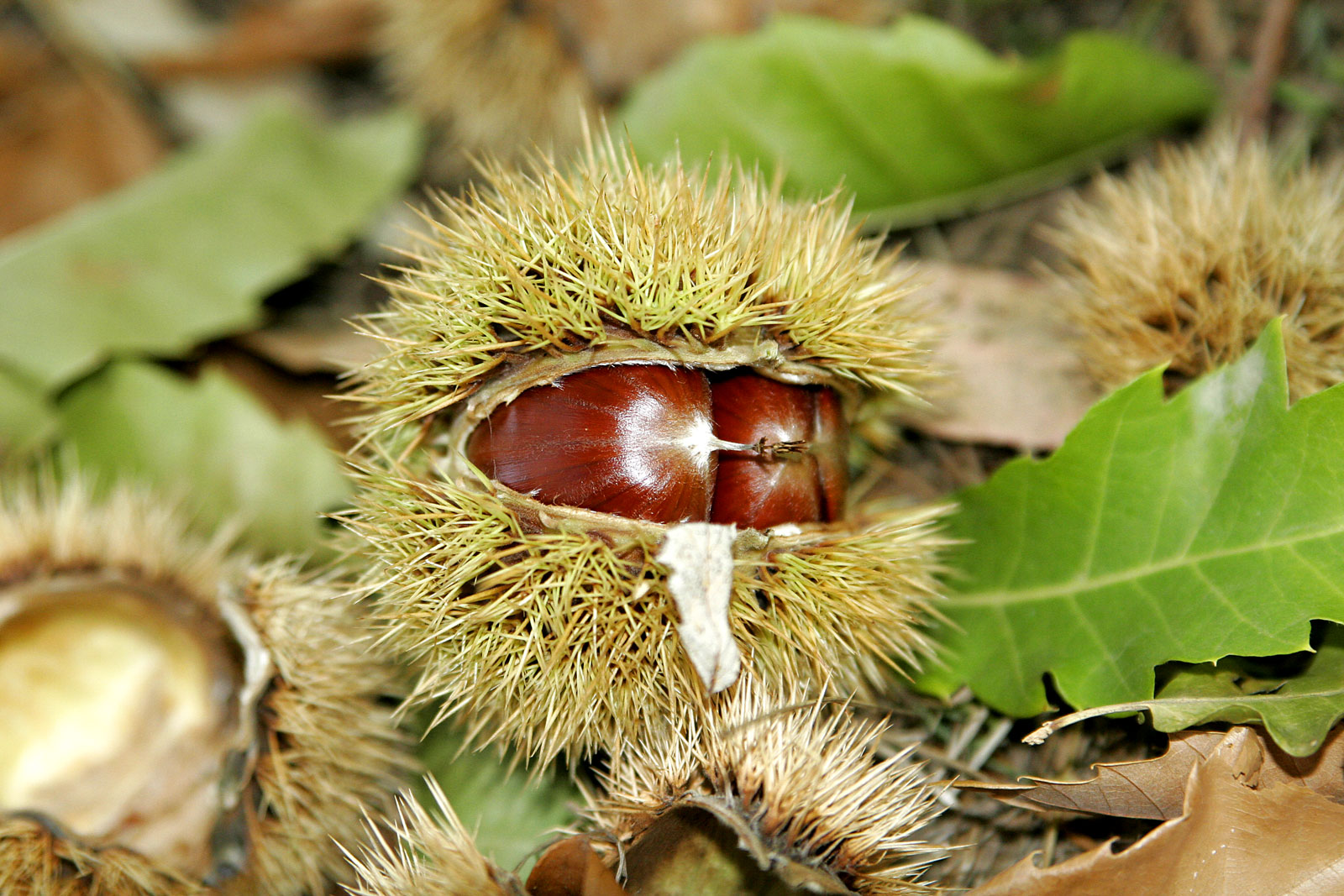|
Psilocybe Subcaerulipes
''Psilocybe subcaerulipes'' (commonly known as hikageshibiretake in Japanese) is a species of fungus in the family Hymenogastraceae. It is in the section ''Zapotecorum'' of the genus '' Psilocybe'', other members of this section include '' Psilocybe muliercula'', '' Psilocybe angustipleurocystidiata'', '' Psilocybe aucklandii'', ''Psilocybe collybioides'', '' Psilocybe kumaenorum'', '' Psilocybe zapotecorum'', '' Psilocybe pintonii'', ''Psilocybe graveolens'', ''Psilocybe moseri'', '' Psilocybe zapotecoantillarum'', ''Psilocybe zapotecocaribaea'', and ''Psilocybe antioquiensis''. It is endemic to Japan. Fruit bodies grow on the ground in woody debris, and typically stand tall with caps that are in diameter. They are chestnut brown (or lighter brown if dry), and stain blue if bruised or handled. The species is a psychoactive mushroom, and contains the hallucinogenic compounds psilocybin and psilocin. There have been reports of poisoning caused by the accidental consumptio ... [...More Info...] [...Related Items...] OR: [Wikipedia] [Google] [Baidu] |
Gastón Guzmán
Gastón Guzmán Huerta (August 26, 1932 – January 12, 2016), a Mexican mycologist and anthropologist, was an authority on the genus ''Psilocybe''. Career He was born in Xalapa, Veracruz, in 1932. His interest in mycology began in 1955 when as a graduate student he decided to update his school's (National Polytechnic Institute) poorly kept collection of fungi. During his early field work he found a large assortment of species about which little was known at the time. This inspired him to choose fungi as the topic of his professional thesis. In 1957 Guzmán was invited by the University of Mexico to assist Rolf Singer, who would arrive to Mexico the following year to study the hallucinogenic mushroom genus ''Psilocybe''. Guzmán accepted and assisted Singer through his explorations in Mexico. While they were in the Huautla de Jiménez region, in their last day of the expeditions, they met R. Gordon Wasson. For Guzmán it was a "fructiferous meeting." In 1958, he published his ... [...More Info...] [...Related Items...] OR: [Wikipedia] [Google] [Baidu] |
Endemism
Endemism is the state of a species being found in a single defined geographic location, such as an island, state, nation, country or other defined zone; organisms that are indigenous to a place are not endemic to it if they are also found elsewhere. For example, the Cape sugarbird is found exclusively in southwestern South Africa and is therefore said to be ''endemic'' to that particular part of the world. An endemic species can be also be referred to as an ''endemism'' or in scientific literature as an ''endemite''. For example '' Cytisus aeolicus'' is an endemite of the Italian flora. '' Adzharia renschi'' was once believed to be an endemite of the Caucasus, but it was later discovered to be a non-indigenous species from South America belonging to a different genus. The extreme opposite of an endemic species is one with a cosmopolitan distribution, having a global or widespread range. A rare alternative term for a species that is endemic is "precinctive", which applies to ... [...More Info...] [...Related Items...] OR: [Wikipedia] [Google] [Baidu] |
Partial Veil
In mycology, a partial veil (also called an inner veil, to differentiate it from the "outer", or universal veil) is a temporary structure of tissue found on the fruiting bodies of some basidiomycete fungi, typically agarics. Its role is to isolate and protect the developing spore-producing surface, represented by gills or tubes, found on the lower surface of the cap. A partial veil, in contrast to a universal veil, extends from the stem surface to the cap edge. The partial veil later disintegrates, once the fruiting body has matured and the spores are ready for dispersal. It might then give rise to a stem ring, or fragments attached to the stem or cap edge. In some mushrooms, both a partial veil and a universal veil may be present. Structure In the immature fruit bodies of some basidiomycete fungi, the partial veil extends from the stem surface to the cap margin and shields the gills during development, and later breaks to expose the mature gills. The presence, absence, or struct ... [...More Info...] [...Related Items...] OR: [Wikipedia] [Google] [Baidu] |
Hygrophanous
The adjective hygrophanous refers to the color change of mushroom tissue (especially the pileus surface) as it loses or absorbs water, which causes the pileipellis to become more transparent when wet and opaque when dry. When identifying hygrophanous species, one needs to be careful when matching colors to photographs or descriptions, as color can change dramatically soon after picking. Genera that are characterized by hygrophanous species include ''Agrocybe'', ''Psathyrella'', ''Psilocybe'', ''Panaeolus'', and ''Galerina''. External links IMA Mycological Glossary: HygrophanousWisconsin Mycological Society: ''Psathyrella''Photographs of ''Psathyrella'', a mushroom with a strongly hygrophanous pileus. Image:Hygro psaths.jpg, Grouping of ''Psathyrella gracilis'', some displaying hygrophanous pilei. Image:Hygro foe 3.jpg, Photo of the hygrophanous pileus of ''Panaeolina foenisecii ''Panaeolus foenisecii'', commonly called the mower's mushroom, haymaker or brown hay mushroom ... [...More Info...] [...Related Items...] OR: [Wikipedia] [Google] [Baidu] |
Umbo (mycology)
'' Cantharellula umbonata'' has an umbo. The cap of '' Psilocybe makarorae'' is acutely papillate.">papillate.html" ;"title="Psilocybe makarorae'' is acutely papillate">Psilocybe makarorae'' is acutely papillate. An umbo is a raised area in the center of a mushroom cap. pileus (mycology), Caps that possess this feature are called ''umbonate''. Umbos that are sharply pointed are called ''acute'', while those that are more rounded are ''broadly umbonate''. If the umbo is elongated, it is ''cuspidate'', and if the umbo is sharply delineated but not elongated (somewhat resembling the shape of a human areola The human areola (''areola mammae'', or ) is the pigmented area on the breast around the nipple. Areola, more generally, is a small circular area on the body with a different histology from the surrounding tissue, or other small circular ar ...), it is called '' mammilate'' or ''papillate''. References {{reflist Fungal morphology and anatomy Mycology ... [...More Info...] [...Related Items...] OR: [Wikipedia] [Google] [Baidu] |
Animal Model
An animal model (short for animal disease model) is a living, non-human, often genetic-engineered animal used during the research and investigation of human disease, for the purpose of better understanding the disease process without the risk of harming a human. Although biological activity in an animal model does not ensure an effect in humans, many drugs, treatments and cures for human diseases are developed in part with the guidance of animal models. Animal models representing specific taxonomic groups in the research and study of developmental processes are also referred to as model organisms. There are three main types of animal models: Homologous, Isomorphic and Predictive. Homologous animals have the same causes, symptoms and treatment options as would humans who have the same disease. Isomorphic animals share the same symptoms and treatments, only. Predictive models are similar to a particular human disease in only a couple of aspects. However, these are useful in isolating ... [...More Info...] [...Related Items...] OR: [Wikipedia] [Google] [Baidu] |
Psilocin
Psilocin (also known as 4-HO-DMT, 4-hydroxy DMT, psilocine, psilocyn, or psilotsin) is a substituted tryptamine alkaloid and a serotonergic psychedelic substance. It is present in most psychedelic mushrooms together with its phosphorylated counterpart psilocybin. Psilocin is a Schedule I drug under the Convention on Psychotropic Substances. Acting on the 5-HT2A receptors, psilocin modulates the production and reuptake of serotonin. The mind-altering effects of psilocin are highly variable and subjective and resemble those of LSD and DMT. Chemistry Psilocin and its phosphorylated cousin, psilocybin, were first isolated and named in 1958 by Swiss chemist Albert Hofmann. Hofmann obtained the chemicals from laboratory-grown specimens of the entheogenic mushroom ''Psilocybe mexicana''. Hofmann also succeeded in finding synthetic routes to these chemicals. Psilocin can be obtained by dephosphorylation of natural psilocybin under strongly acidic or under alkaline conditions (hyd ... [...More Info...] [...Related Items...] OR: [Wikipedia] [Google] [Baidu] |
Psilocybin
Psilocybin ( , ) is a naturally occurring psychedelic prodrug compound produced by more than 200 species of fungi. The most potent are members of the genus ''Psilocybe'', such as '' P. azurescens'', '' P. semilanceata'', and '' P. cyanescens'', but psilocybin has also been isolated from about a dozen other genera. Psilocybin is itself biologically inactive but is quickly converted by the body to psilocin, which has mind-altering effects similar, in some aspects, to those of LSD, mescaline, and DMT. In general, the effects include euphoria, visual and mental hallucinations, changes in perception, a distorted sense of time, and perceived spiritual experiences. It can also cause adverse reactions such as nausea and panic attacks. Imagery found on prehistoric murals and rock paintings of modern-day Spain and Algeria suggests that human usage of psilocybin mushrooms predates recorded history. In Mesoamerica, the mushrooms had long been consumed in spiritual and div ... [...More Info...] [...Related Items...] OR: [Wikipedia] [Google] [Baidu] |
Hallucinogenic
Hallucinogens are a large, diverse class of psychoactive drugs that can produce altered states of consciousness characterized by major alterations in thought, mood, and perception as well as other changes. Most hallucinogens can be categorized as either being psychedelics, dissociatives, or deliriants. However, certain hallucinogens such as Fly agaric as well as other gabaergic hallucinogenics are more often considered to technically be hypnotics, therefore indicating another separate subcategory of drugs which can substantially alter visual perception. Etymology The word ''hallucinogen'' is derived from the word ''hallucination''. The term ''hallucinate'' dates back to around 1595–1605, and is derived from the Latin ''hallūcinātus'', the past participle of ''(h)allūcināri'', meaning "to wander in the mind." Characteristics Leo Hollister gave five criteria for classifying a drug as hallucinogenic.Glennon RA. Classical drugs: an introductory overview. In Lin GC and Gl ... [...More Info...] [...Related Items...] OR: [Wikipedia] [Google] [Baidu] |
Psilocybin Mushroom
Psilocybin mushrooms, commonly known as magic mushrooms, are a polyphyletic informal group of mushroom, fungi that contain psilocybin which turns into psilocin upon ingestion. Biological genera containing psilocybin mushrooms include ''Psilocybe'', ''Panaeolus'' (including ''Copelandia''), ''Inocybe'', ''Pluteus'', ''Gymnopilus'', and ''Pholiotina''. Psilocybin mushrooms have been and continue to be used in indigenous New World cultures in religious, Divination, divinatory, or Spirituality, spiritual contexts. Psilocybin mushrooms are also used as recreational drugs. They may be depicted in Stone Age rock art in Africa and Europe, but are most famously represented in the Pre-Columbian sculptures and glyphs seen throughout North, Central and South America. History Early Prehistoric rock arts near Villar del Humo in Spain, suggests that ''Psilocybe hispanica'' was used in religious rituals 6,000 years ago. The hallucinogenic species of the Psilocybe genus have a history of us ... [...More Info...] [...Related Items...] OR: [Wikipedia] [Google] [Baidu] |
Chestnut (color)
Chestnut or castaneous is a colour, a medium reddish shade of brown (displayed right), and is named after the nut of the chestnut tree. An alternate name for the colour is badious. Indian red is a similar but separate and distinct colour from ''chestnut''. Chestnut is also a very dark tan that almost appears brown. Etymology The name ''chestnut'' derives from the color of the nut of the chestnut tree. The first recorded use of ''chestnut'' as a color term in English was in 1555. The color maroon is also named after the chestnut (via French ''marron''). Variations of chestnut Deep chestnut Deep chestnut is the color called ''chestnut'' in Crayola crayons. This colour was also produced in a special limited edition in which it was called Vermont maple syrup. At the request of educators worried that children (mistakenly) believed the name represented the skin colour of Native Americans, Crayola changed the name of their crayon colour "Indian Red", originally formul ... [...More Info...] [...Related Items...] OR: [Wikipedia] [Google] [Baidu] |
.jpg)





